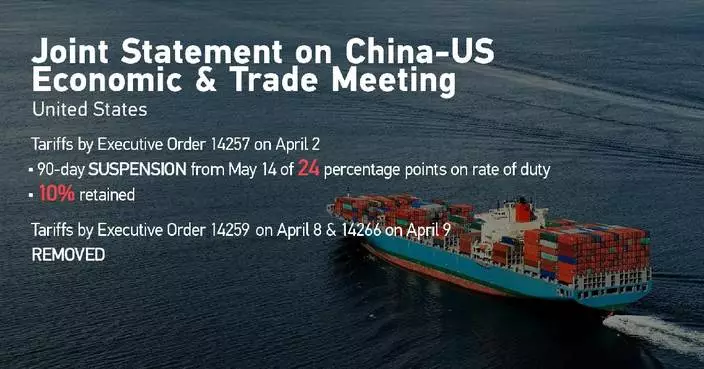The sailing craze is in full swing in Shenzhen City of south China's Guangdong Province, as many flock to the water to escape the scorching summer temperatures. The surge in interest has led to a shortage of coaches at some training centers, highlighting the growing demand for this popular water sport.
On the sea coast in Longgang District of Shenzhen, sailing enthusiasts, some as young as 10 years old, can be seen honing their skills on the water, gliding across the waves and weaving through pre-set buoys.
"I have free time during the summer vacation to enjoy this sport I like. And I myself really enjoy trying out new challenges," said Tang Xingyi, a young sailing enthusiast.
The head of a local sailing training center said the summer holidays are always the peak season, and this year the number of inquiries and sign-ups is about 10 percent higher than the same period last year. Faced with the hot market demand, the center has urgently recruited additional part-time coaches.
As summer sailing activities thrive, a new trend of younger and non-local participants is emerging.
"Previously, our sailing events could involve participants aged at a minimum of 8 years, but in the past two years, we have noticed more children as young as six or seven joining. Computed on a regional basis, in the past, around 80-90 percent of the participants were from Guangdong, with a smaller proportion from other provinces. However, in recent years, the proportion of children from outside Guangdong has increased significantly, with approximately 40 percent coming from other provinces, particularly from northern cities without access to the sea, to experience our sailing events," said Shen Haodong, the training center manager.
Shenzhen is known as a hub for sailing events in China, with a high level of participation. In recent years, the increasing availability of domestically produced sailboats has led to a decrease in costs, making this once niche sport more accessible to the general public.
Feng Minzhi, a sailing coach with 20 years of work experience, leads students out on the water every week. He explained that high boat prices have long been a barrier to widespread participation. However, the emergence of more domestic manufacturers in recent years has brought prices down significantly.
This cost reduction has been a boon for amateur sailors, attracting more people to take up the sport.
"I have been sailing for 4 years, and I usually train with my regular partners once a week or two. As for the cost, the shared training sessions with a boat of people cost around 400 to 500 yuan (56 to 70 U.S. dollars) per person. In the past, it would cost 1,200 yuan (167 U.S. dollars) for 2 hours (per person)," said Chen Wenlu, an amateur sailor.
Shenzhen hosts an average of over 80 sailing events annually, representing about a quarter of the national total. These events draw over 50,000 participants, with amateur sailors now making up a significant proportion of the sailing community.

Sailing enthusiasm surges in Shenzhen as demand soars and costs drop

Sailing enthusiasm surges in Shenzhen as demand soars and costs drop






















































